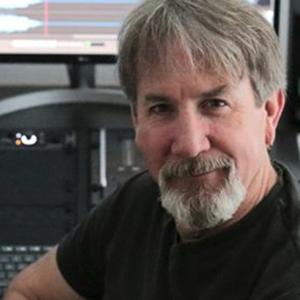The First 20 Years
 In his first twenty years behind the mastering desk, Mastering Engineer Bud Bremner gained a reputation as one of the top audio mastering engineers in Canada. Fortunate to be at the leading edge of many new technologies as they came into market, Bud helped set a new standard for the quality of album releases in Western Canada.
In his first twenty years behind the mastering desk, Mastering Engineer Bud Bremner gained a reputation as one of the top audio mastering engineers in Canada. Fortunate to be at the leading edge of many new technologies as they came into market, Bud helped set a new standard for the quality of album releases in Western Canada.
Throughout his career, he has been instrumental in educating new clients about recording technologies and how to bring their best mixes forward for mastering. Many of today’s younger engineers have developed mastering skills through experience in recording & mixing. However, Bud came to mastering through the more traditional approach of a transfer engineer, learning how to package a mix to still sound great from format to format.
To test where his skills were at, Bud had applied to work at other major mastering studios around the world. If he had been willing to move there, he would have been accepted at Townhouse Mastering in London England, Capitol Mastering in Hollywood and more currently having been invited to Lacquer Channel Mastering in Toronto.
Servicing both major and local record labels with an International client base and albums ranging from the band down the street to Bryan Adams, many have considered him a ‘Gatekeeper’ to great sounding music releases, raising them up to their Ultimate Sonic Potential.
My View On Mastering
In general terms, audio mastering should be regarded as two main things: the last creative step in the music creation & production process and equally, the first technical step in the manufacturing process. It is a hybrid craft that blends both Subjectivity and Objectivity in equal amounts. “Do I like it?” / “Is it appropriate?” Each mix has its own unique sonic potential, and while multiple tracks may be blended together inside of a stereo mix, some manipulation of the end result is still possible, but best be done delicately. In mastering, the various processes can include changes to loudness, left to right balance, equalization, dynamic range and stereo imaging, and are often some blend of these. How much or how little is primarily determined by the quality of the processes that came before it.


